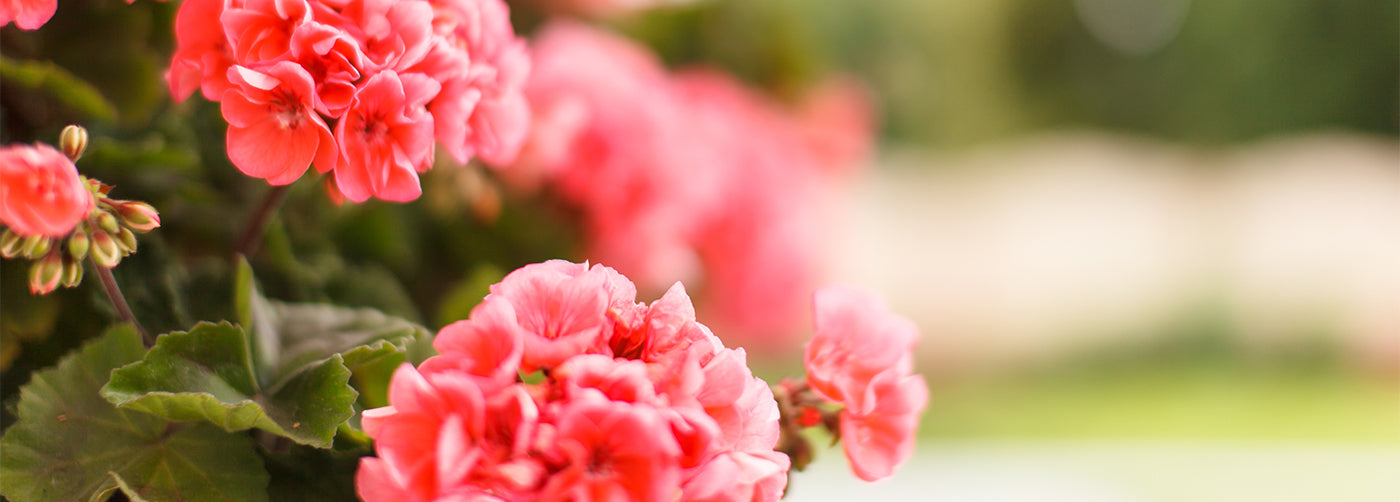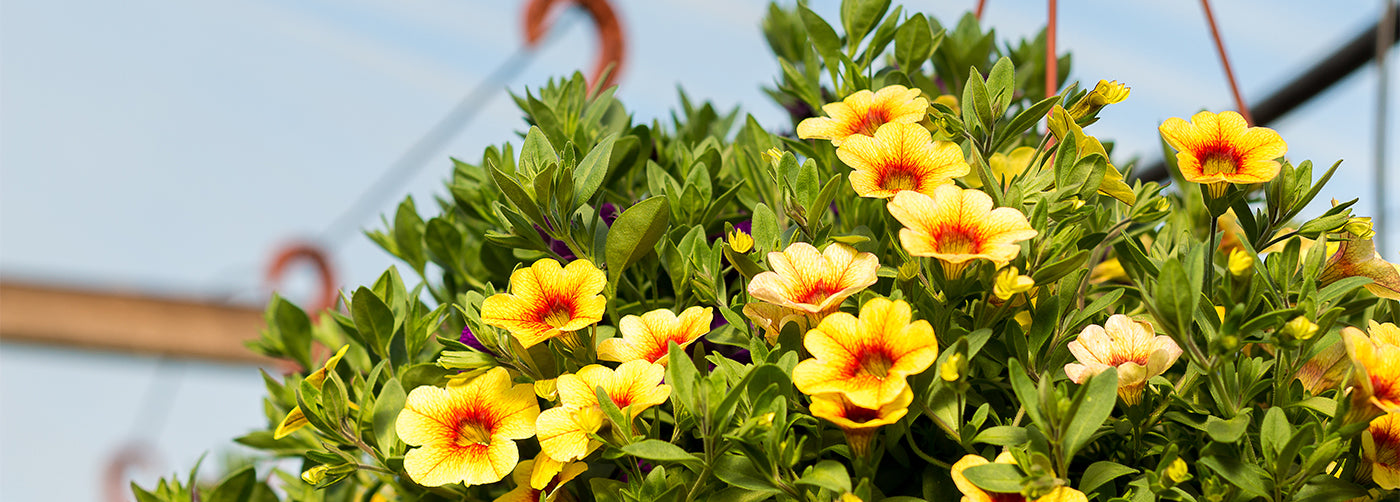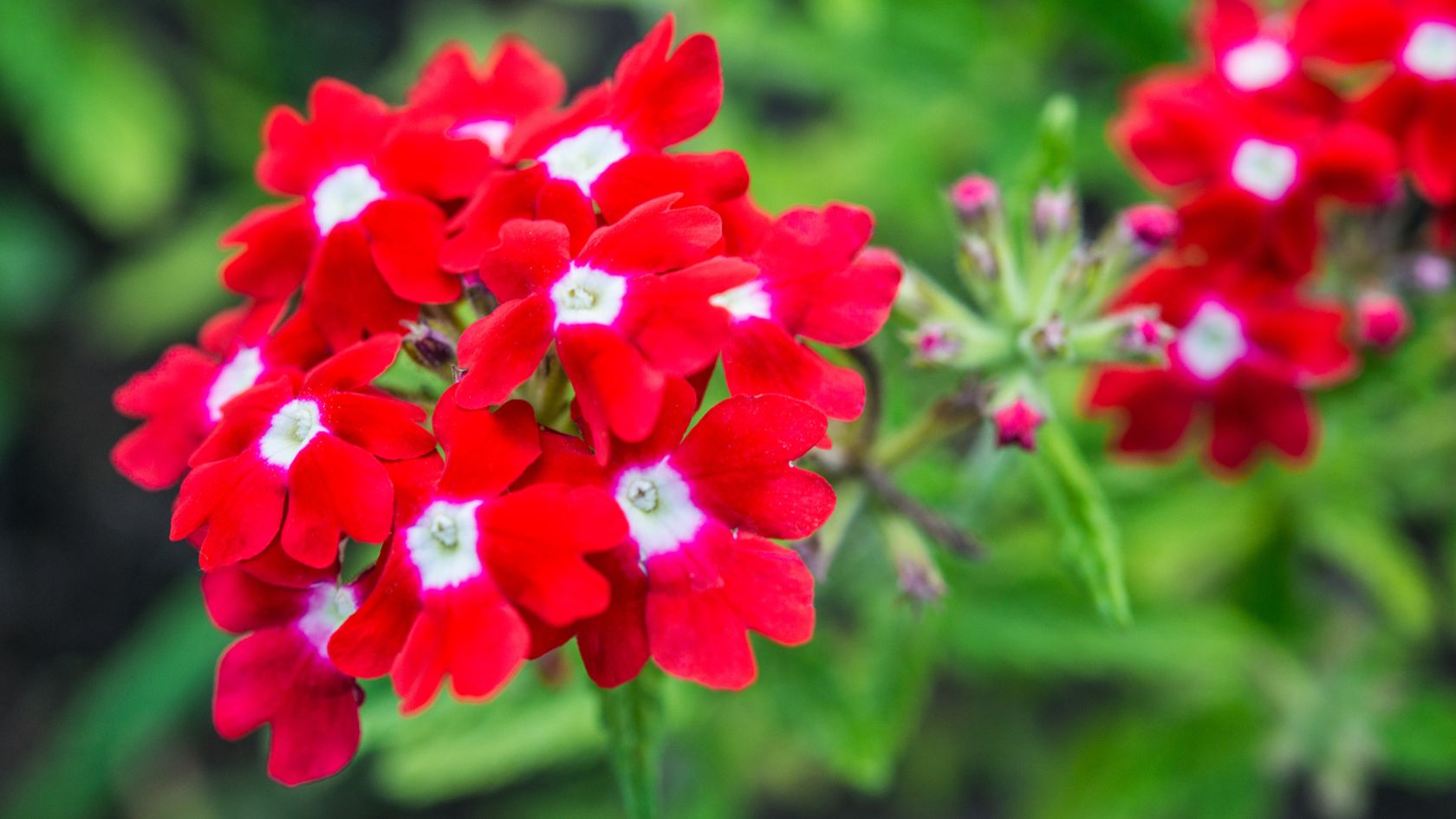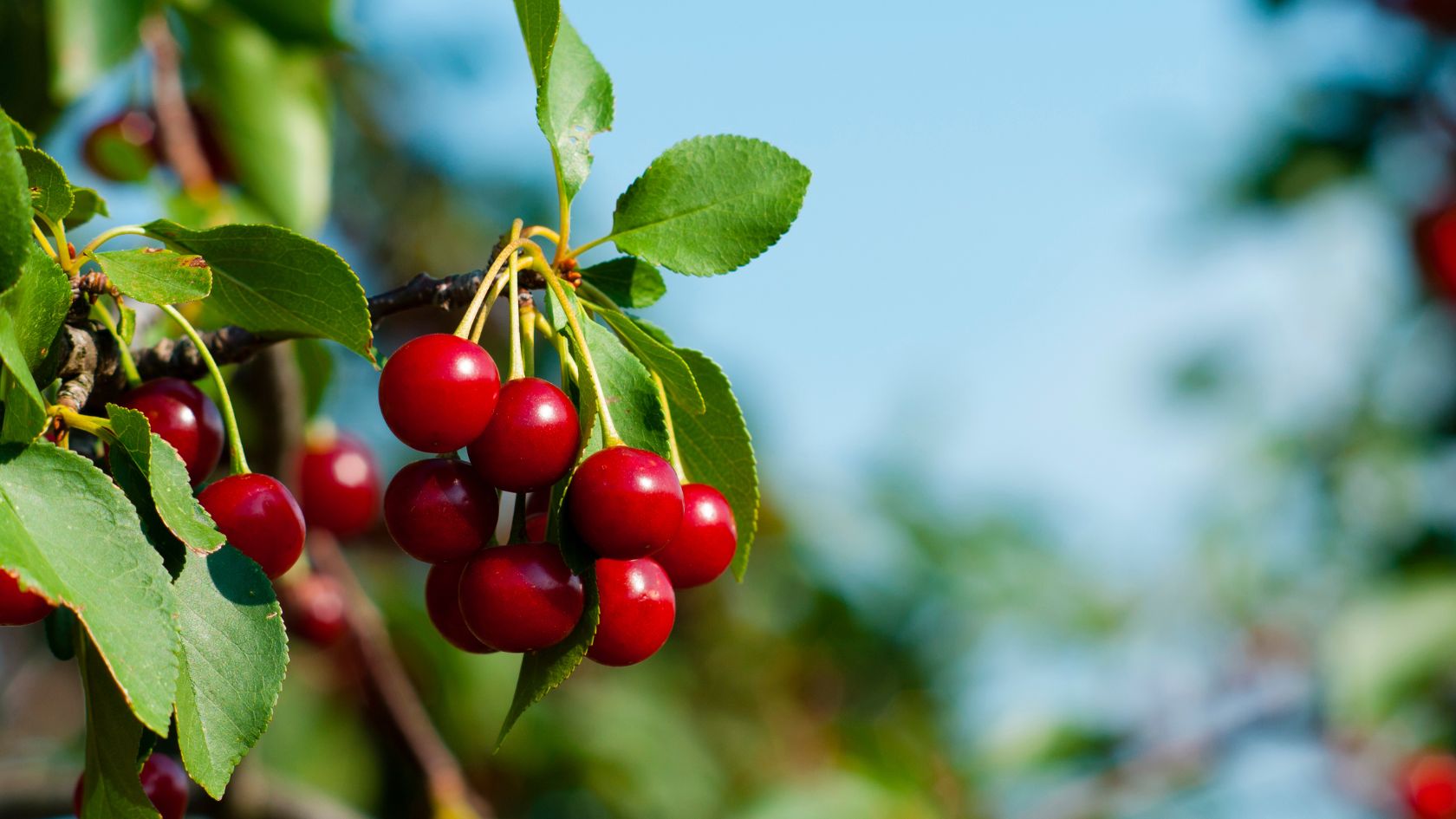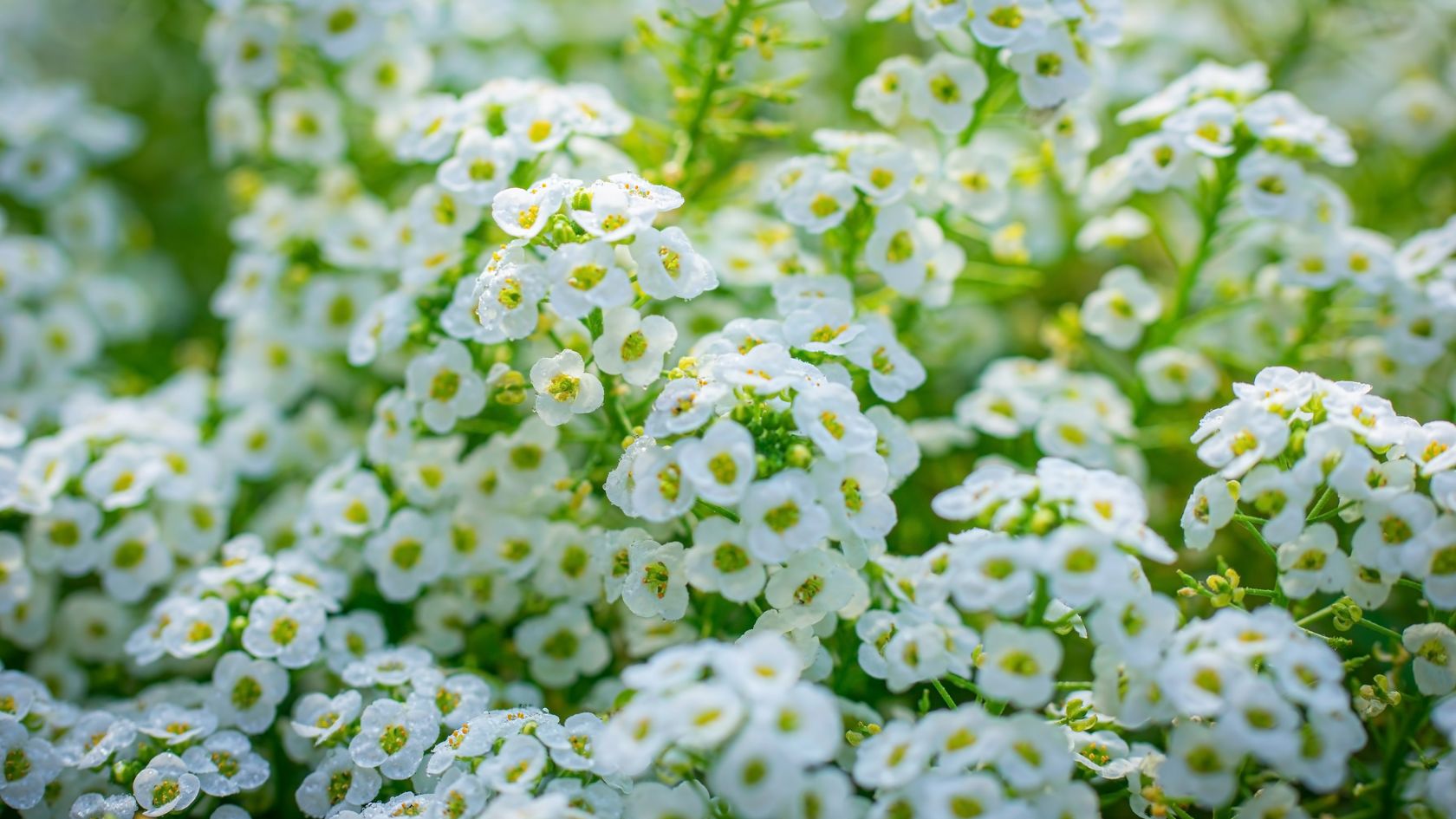If you're searching for a plant that will infuse your garden or balcony with a burst of color and charm, look no further than verbena flowers. With their vibrant blossoms and delicate foliage, verbena plants are a popular choice among gardening enthusiasts. However, like any other plant, verbena requires proper care and attention to thrive and showcase its full beauty. In this blog post, we will explore the essential guidelines for taking care of verbena flowers, enabling you to enjoy their stunning presence all season long.
Where to put them:
To ensure the health and vitality of your verbena flowers, it's crucial to select an ideal location for planting. Verbena thrives in full sunlight, so choose a spot that receives at least six hours of direct sunlight each day. Additionally, verbena prefers well-drained soil to prevent waterlogging and root rot. Aim for a soil pH level between 6.0 and 7.5, which provides the optimal conditions for these gorgeous blooms.
Watering:
Proper watering is key to maintaining healthy verbena flowers. While verbena plants are relatively drought-tolerant, they still require regular watering, particularly during dry spells. Water your verbena plants deeply, ensuring the soil is evenly moist but not soggy. Avoid overwatering, as excessive moisture can lead to root rot. As a general rule, water your verbena when the top inch of soil feels dry to the touch.
Fertilizing:
To encourage robust growth and abundant flowering, it's beneficial to fertilize your verbena plants. Apply a balanced, water-soluble fertilizer every four to six weeks during the growing season. Alternatively, you can opt for slow-release granular fertilizers, which provide a steady supply of nutrients over a more extended period. Be sure to follow the manufacturer's instructions regarding the appropriate dosage and frequency for your specific fertilizer.
Deadheading and Pruning:
Verbena flowers have a remarkable ability to continuously produce new blooms, but deadheading spent flowers will further encourage this process. Regularly remove faded blossoms by cutting them back to a healthy set of leaves or nodes. Deadheading not only enhances the plant's appearance but also prevents it from redirecting energy towards seed production, enabling it to focus on new growth and flowering.
Pruning is also an essential aspect of verbena care. In late winter or early spring, before new growth begins, trim back your verbena plants to promote bushier and more compact growth. Remove any dead or damaged branches, and trim the plant to the desired shape. This practice encourages fresh growth and keeps the plant healthy and vigorous.
Disease and Pest Control:
While verbena flowers are relatively resistant to pests and diseases, some common issues can affect their health. Keep an eye out for signs of aphids, spider mites, or powdery mildew. If you notice any infestations or signs of disease, promptly address them using organic insecticidal soaps or horticultural oils. Regularly inspecting your plants and maintaining good hygiene in the garden will help prevent any potential problems.
With their striking colors and delicate blossoms, verbena flowers are a fantastic addition to any garden or outdoor space. By following these simple care guidelines, you can ensure that your verbena plants thrive and reward you with a continuous display of vibrant beauty. Remember to choose a sunny location, provide adequate watering, fertilize appropriately, and perform regular deadheading and pruning. With proper care, your verbena flowers will flourish and create a stunning spectacle that will undoubtedly captivate your senses.


